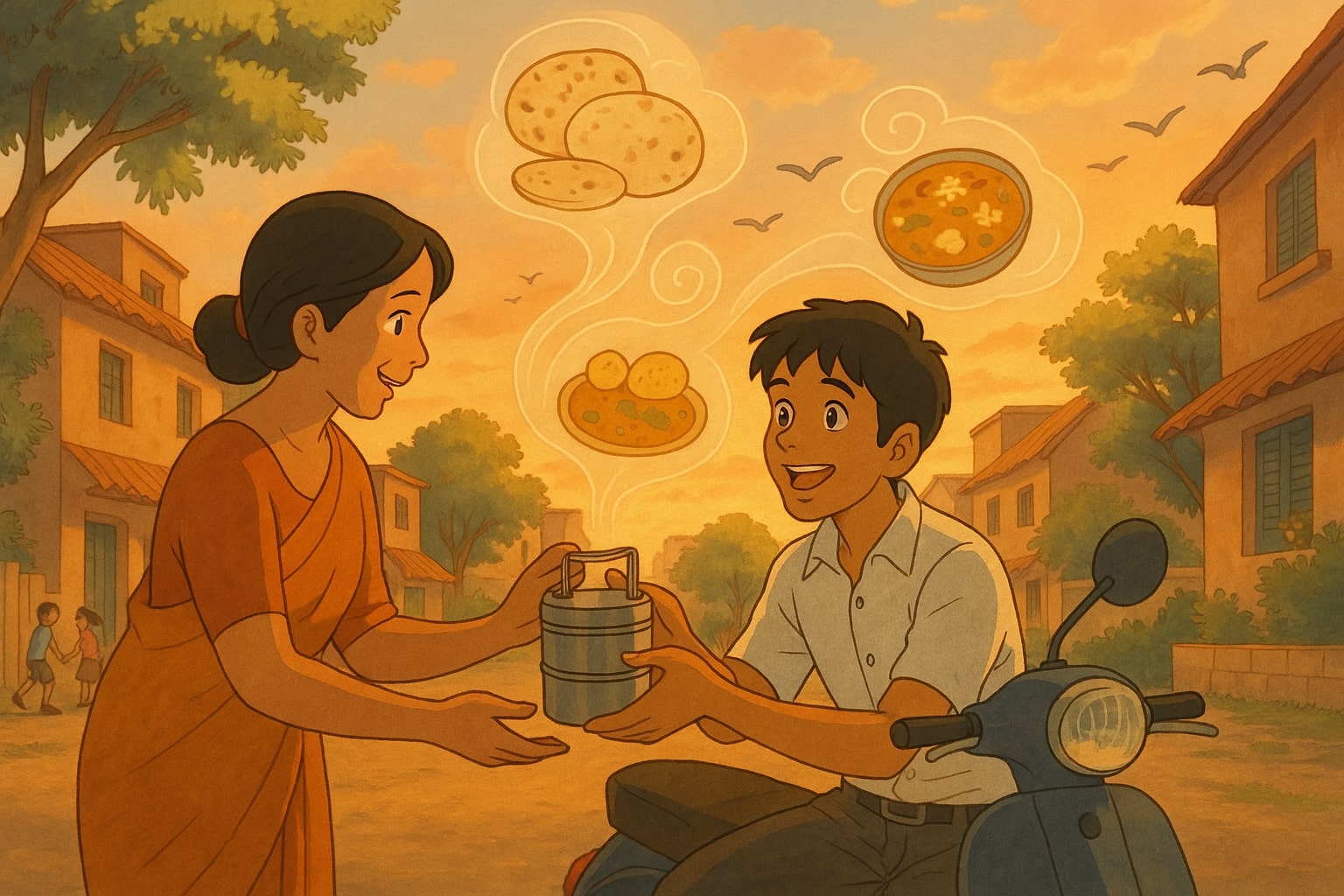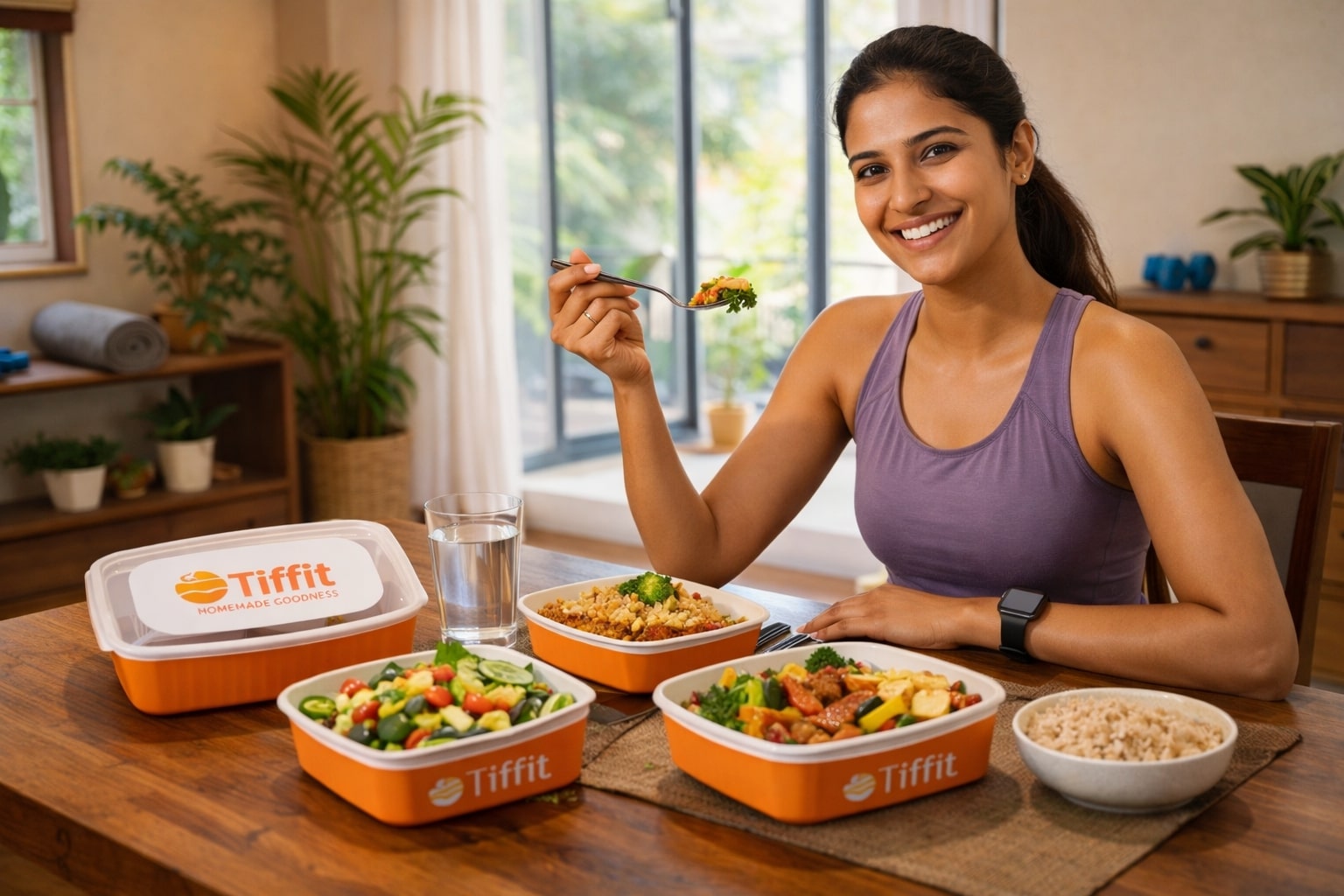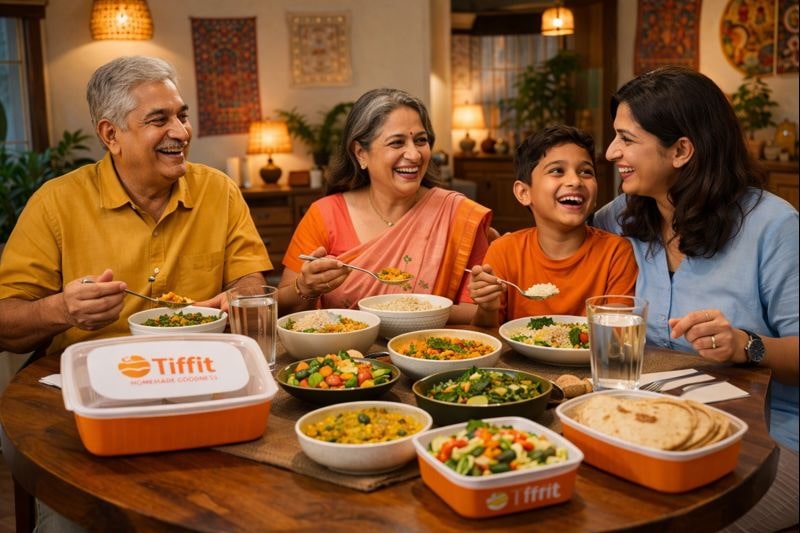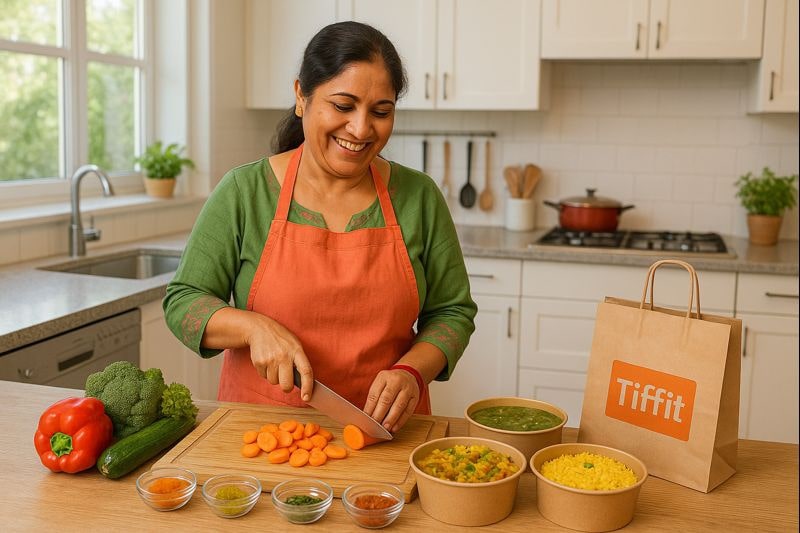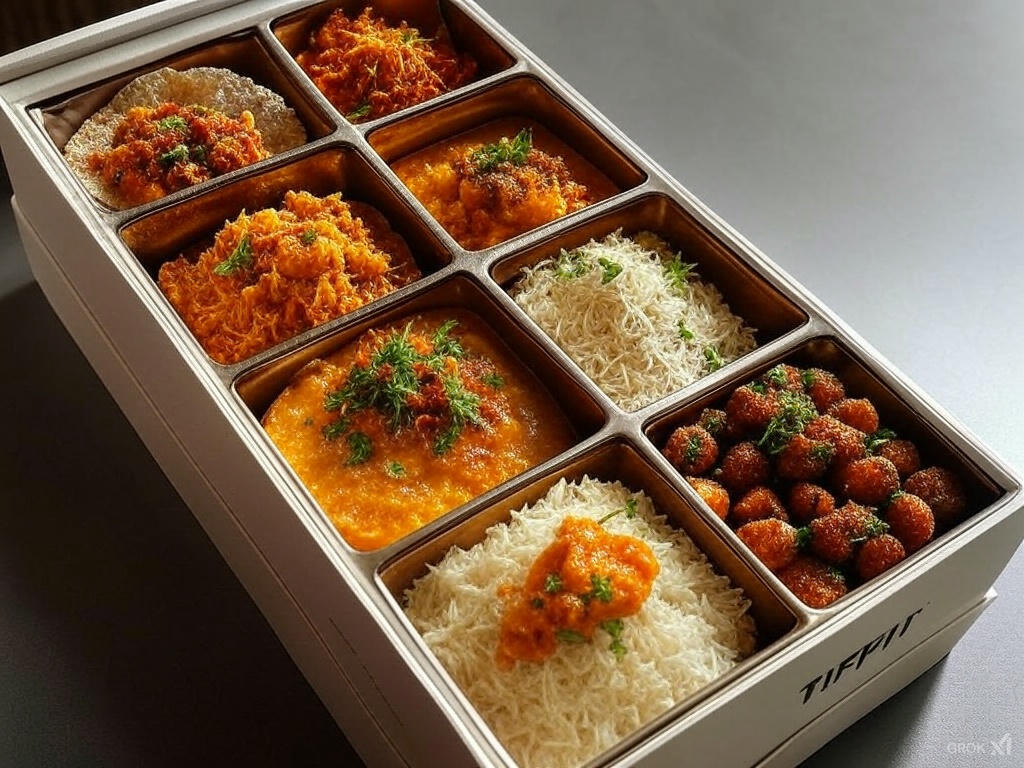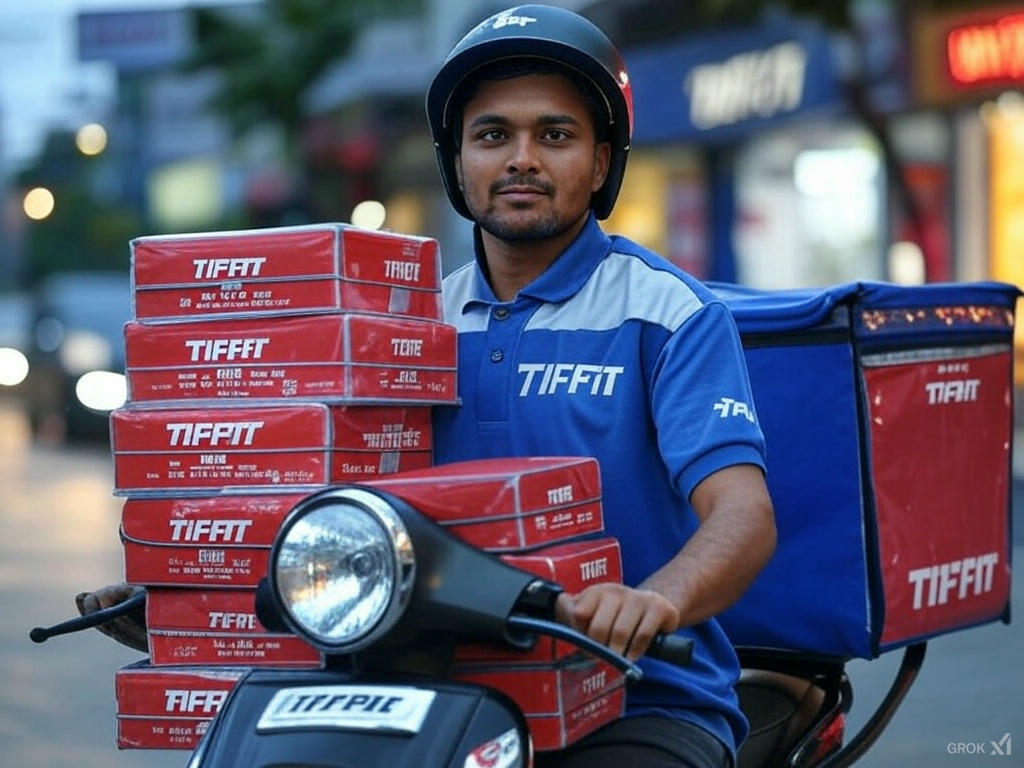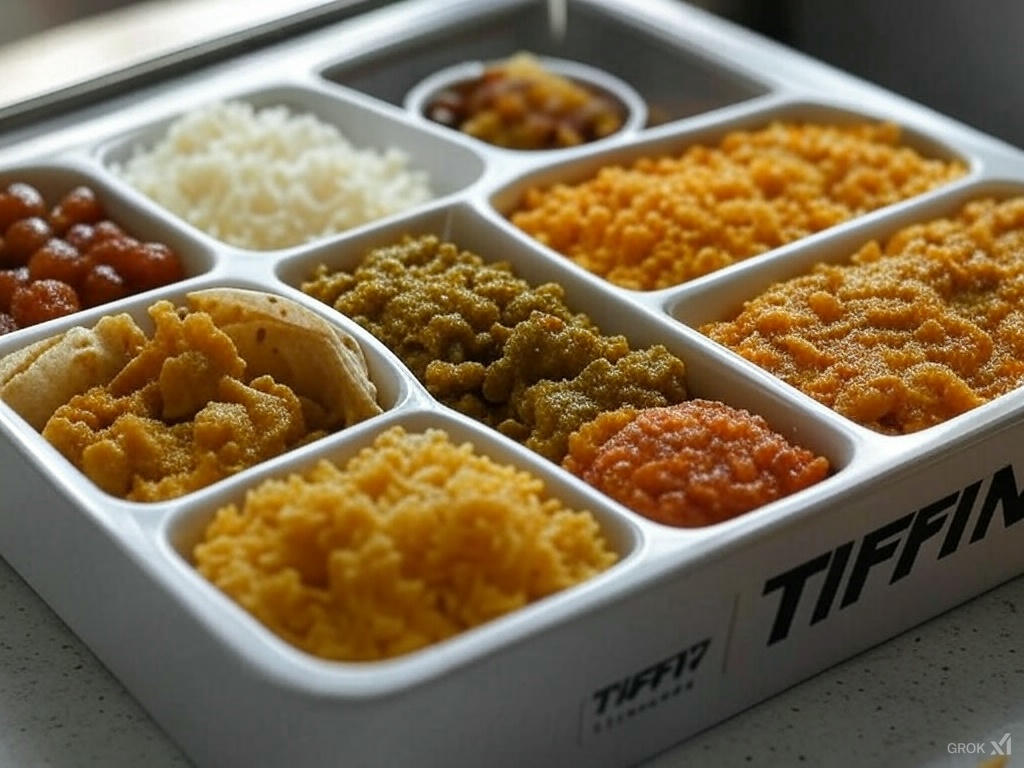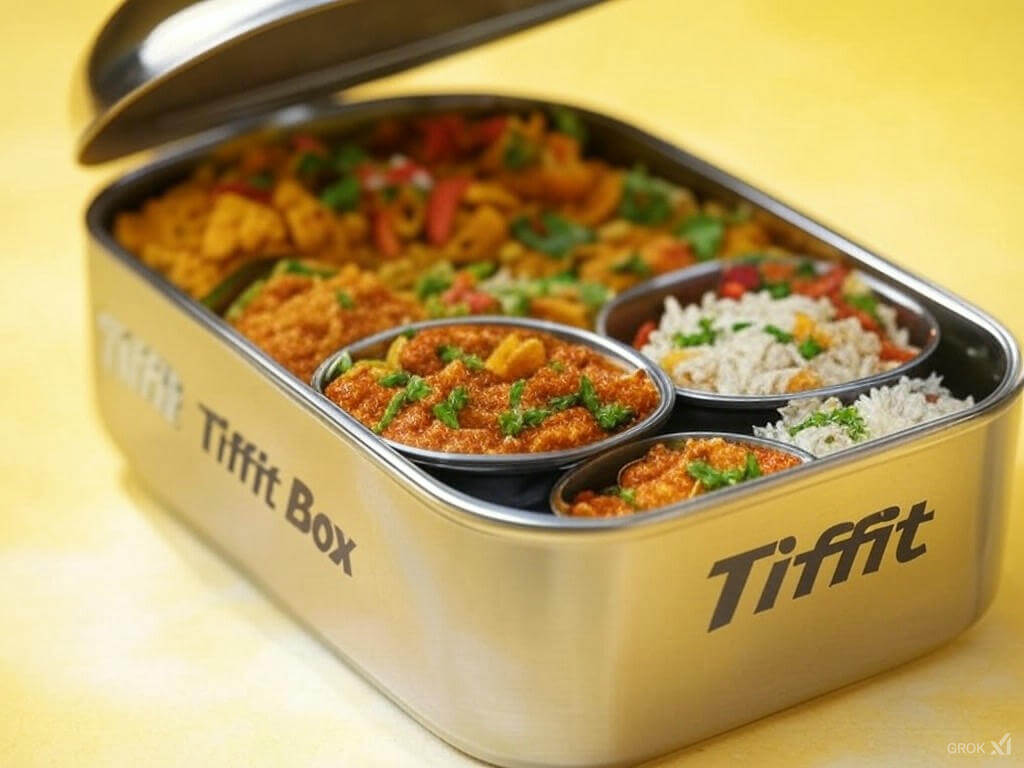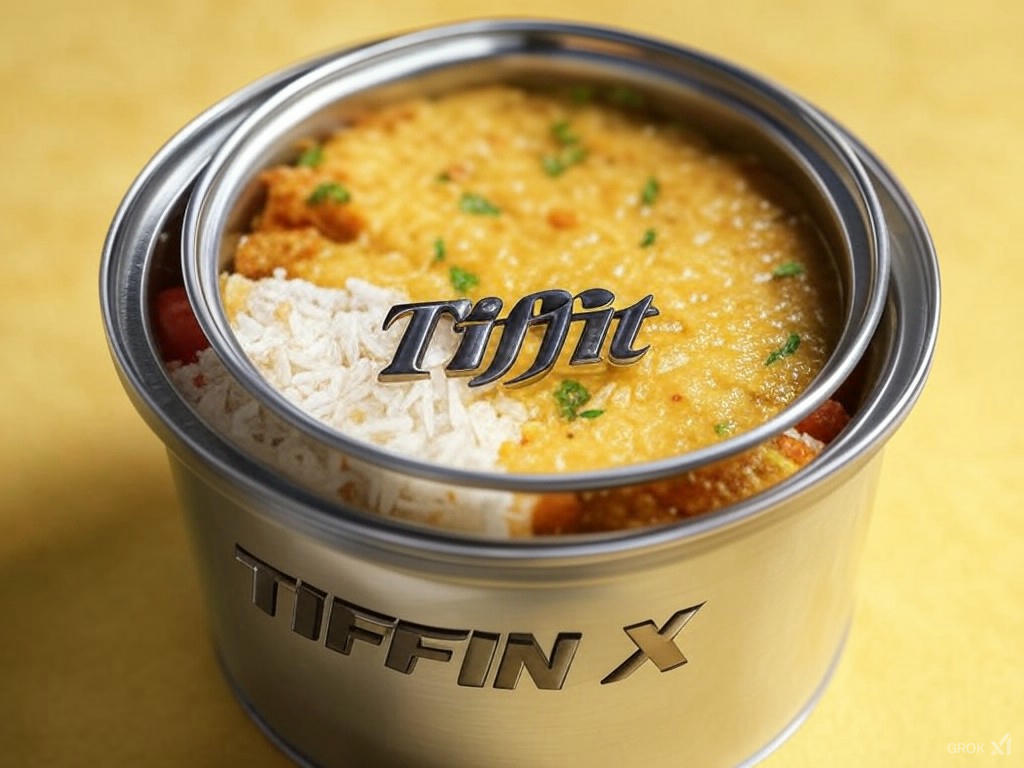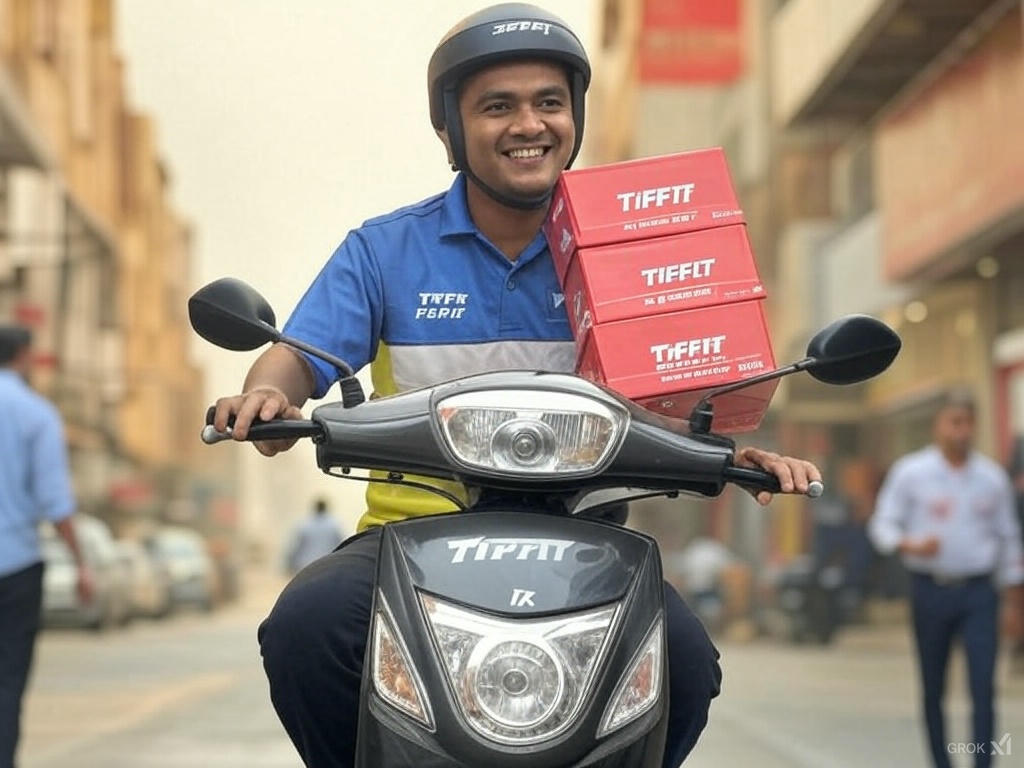Hyperlocal food delivery isn't just a word that sounds revolutionary; it’s a return to something older, warmer, authentic, and wiser.
We’ve spent years chasing speed- ordering from apps that send food halfway across the city, wrapped in plastic and with added preservatives. But what if the future of eating sustainably lies not in what’s trending, but in what’s nearby?
So, What Exactly Is Hyperlocal Food Delivery?
Let’s simplify it. Hyperlocal food delivery is all about delivering local food in nearby areas. Imagine a freshly-made sabzi from the aunty who lives 2 kms away from your apartment, or a comforting bowl of khichdi from a home chef staying 2 lanes away from yours. No warehouses. No massive supply chains. Just real people cooking real, home-cooked meals.
It’s the kind of system where your food doesn’t need to cover the distance of 30 kilometres to reach you. Maybe just three. And in a country like India, where every lane and colony has its taste and recipes, this model is more than functional- it’s beautifully personal.
A Greener Plate, One Street at a Time
Here’s the thing. Most conversations around sustainable food delivery in India tend to float toward organic ingredients or eco-friendly packaging. But there is more to it.
Hyperlocal food delivery tackles something far less visible but urgent: the carbon cost of distance. Shorter delivery routes mean fewer emissions. It also means less refrigeration, less storage, and less wastage. The food doesn’t need to be engineered to “last.” It just needs to taste good when it reaches your door in a short time.
Even the packaging changes. A home chef is more likely to pack your meal in reusable containers or paper than in glossy, multi-layered plastic. Why? Because they care. Not just about presentation, but about what feels right. And right now, making mindful choices feels right and necessary.
The Belly Remembers: The Emotional Weight of Local Food
Let’s take a moment to admit something that modern delivery menus can’t fix. Sometimes, it’s not hunger we’re trying to solve. It’s homesickness. It's the warmth and love of homely-style food.
There’s a reason why so many of us find ourselves Googling homemade food delivery near me after a few weeks of greasy takeouts. Our guts are tired and feel the urge of having something soothing and comforting.
When your stomach craves your mother’s rajma, it’s not just about the taste. It’s memory, care, and simplicity.
Hyperlocal food delivery reintroduces that intimacy of enjoying 'ghar jesa khana'. It's not about calorie counts or spice levels. It's about connection.
Tiffit and the Tech That’s Actually Making Us Slower (In a Good Way)
Now you might be wondering- how is this even scalable?
Thankfully, platforms like Tiffit have figured out a middle path. They use technology not to rush the process, but to make things convenient and smooth.
Their model connects eaters like students, elderly couples, working professionals with verified home kitchens in their vicinity, often within walking distance. It’s as if your nani decided to go digital, and now you can tap to eat her cooking.
More importantly, it doesn’t feel like “yet another delivery app.” It feels like a curated experience of everyday luxury-the kind that fills your stomach and reminds you of your mother's food, cooked with care and patience.
And if you dig into Tiffit food reviews, you’ll find a pattern: people don’t talk about discounts or delivery times. They talk about comfort. About trust. About the joy of discovering someone nearby who makes matar paneer like their mother used to.
Beyond Convenience: Why This Isn’t Just a Trend
There’s a deeper shift happening here, and it’s not limited to tech-savvy students or young professionals. Elderly parents and health-conscious families are slowly leaning toward hyperlocal choices.
Why? Because it’s sensible. We’re beginning to see that this food cooked with hygeine and care feeds not just our bodies but relaxes our minds.
Platforms that support hyperlocal food delivery are making us rethink what eating out really means. Instead of huge kitchens and frozen ingredients, we’re offered authenticity. A reminder that food is culture, not just consumption.
Where We Go From Here
In a world obsessed with big, fast, and global, it’s good to understand that the next food revolution might begin on your street corner. Not in some glossy culinary lab, but in the hands of people who understand flavour because they’ve spent years cooking for love, not likes.
Sometimes, the most sustainable thing you can do… is to eat closer to home. So, now you don’t need to search: ‘home made food near me, simply download the Tiffit app today, and support hyperlocal businesses while enjoying the taste of home-cooked meals.


